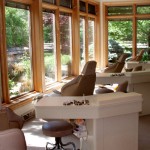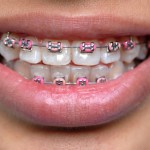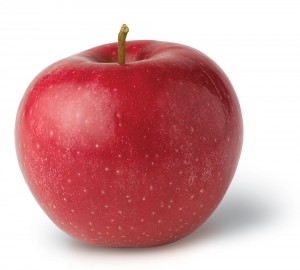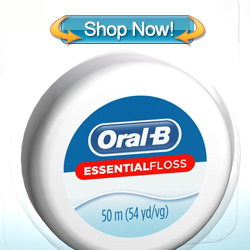 When opening an orthodontist office, your main concern should be your patients. Making your office environment friendly and welcoming is a must. Patients who feel comfortable will have a more enjoyable experience and be more likely to return as well as to recommend you to their friends and associates. In many areas of your patients’ lives today they will find ready entertainment. For instance, satellite TV for restaurants, Wi-Fi ready hotspots, hand held smart phones that allow them to take entertainment with them, as well as other waiting time entertainment options.
When opening an orthodontist office, your main concern should be your patients. Making your office environment friendly and welcoming is a must. Patients who feel comfortable will have a more enjoyable experience and be more likely to return as well as to recommend you to their friends and associates. In many areas of your patients’ lives today they will find ready entertainment. For instance, satellite TV for restaurants, Wi-Fi ready hotspots, hand held smart phones that allow them to take entertainment with them, as well as other waiting time entertainment options.
When starting your practice, of course, the priority at your office should be showing that you have the knowledge, skill, and training to take proper care of their orthodontic health. Once you have established your training and skill as a provider; patients also want to feel that you care about them, and more importantly about their time.
Showing your patients that you care about their time can be done in several ways:
- Hiring an office staff members who are friendly and courteous
- Understanding the value of their time by meeting set appointments on schedule
- Providing an enjoyable experience while in the waiting area
Your office staff will be the first impression of your office. From the person answering the phone and scheduling the appointment to that first friendly face they see as they walk through the door. If you have a staff of knowledgeable and friendly people your patients will feel more confident in your practice. A friendly greeting as a patient enters the door to the office goes a long way in helping them feel reassured and comfortable.
Once you have that caring friendly staff, your priority needs to be creating an enjoyable waiting experience. The waiting experience is almost as important as the orthodontic care your patient will receive. We all know that no one enjoys waiting. You should first of all run your practice in such a way as to minimize wait times. If a patient enters your office and has a minimal wait time, they are sure to return and to spread the good word.
Though you have minimized the wait, some time spent in the waiting room may be inevitiable. That is why it is important to provide ample entertainment options for your patients when they do have to wait. A few suggestions are:
- Magazines – Subscribe to magazines and/or newspapers from various genres so as to offer variety. By providing different options you are enabling your patients access to items that will interest them.
- Television – There are options such as videos, or TV from DISH Network as an option for your waiting rooms as well as in your individual patient rooms. Dish Network provides programming options to meet individual preferences.
- Wi-Fi – Many patients will have their own smart phones that are Wi-Fi ready and allow them access to their own applications and programs. Make their wait enjoyable by providing this option for them.
Making your patients’ experience in your office a pleasant one will bring you repeat and referral business.







